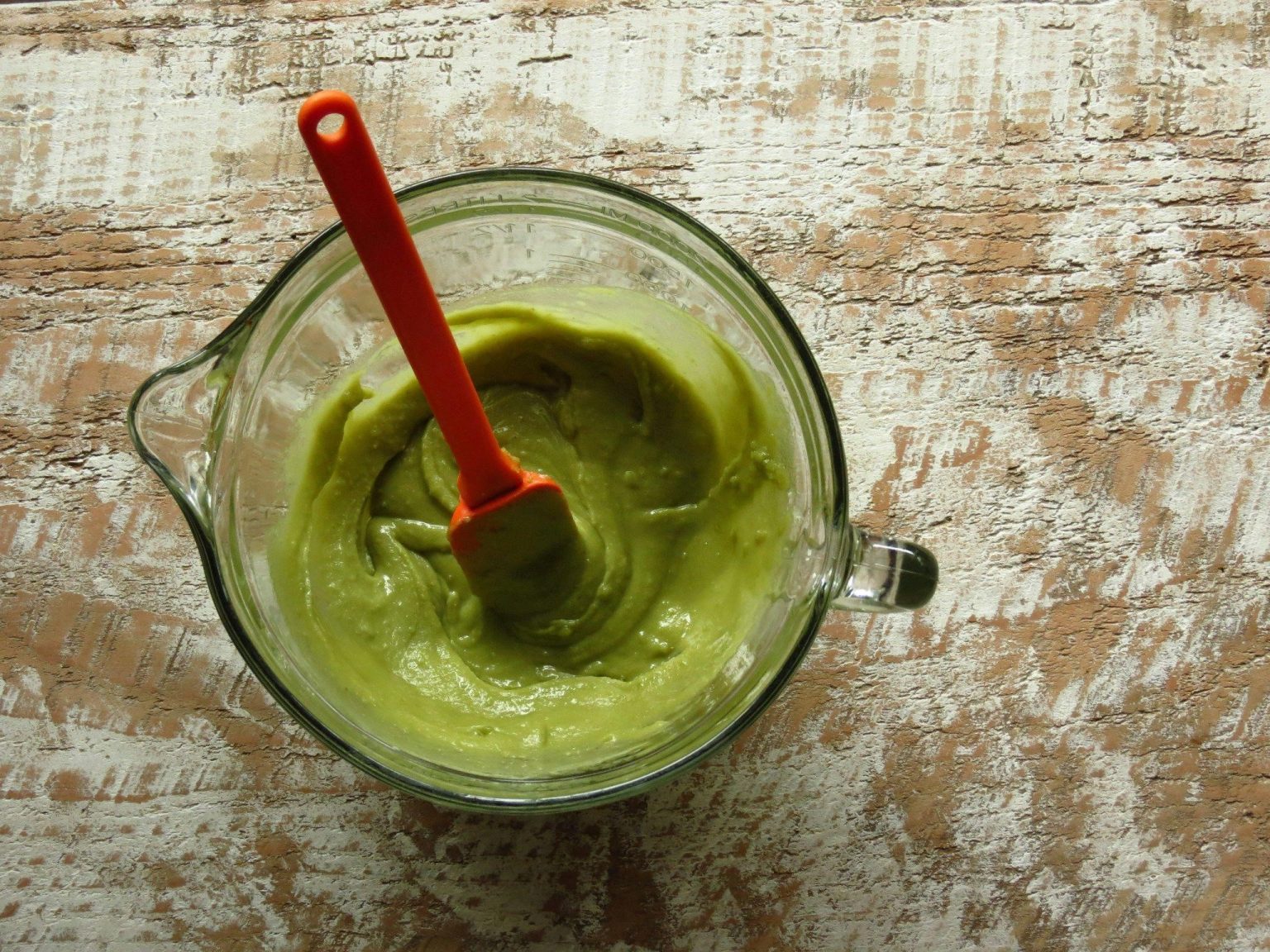Welcome to the intriguing world of cooking with cannabis! Whether you’re aiming to elevate your culinary creations with a euphoric twist or you’re interested in the herb’s numerous health benefits, understanding how to incorporate cannabis into your cooking is essential. Let’s go through the basics, including what parts of the plant can get you high, what offers health benefits, and how to safely begin your culinary cannabis journey.
Understanding Cannabis Compounds
Cannabis is rich in various compounds that influence health and well-being, with CBD (Cannabidiol) and THCA (Tetrahydrocannabinolic Acid) being two of the most notable substances available widely in the United States due to legal allowances.
CBD is renowned for its potential to alleviate anxiety and inflammation without inducing the psychoactive high associated with THC. Since CBD derived from hemp (which must contain less than 0.3% THC) is legal federally, it has become vastly accessible across the United States. Consumers can easily purchase CBD products, including CBD flower, online and in stores, using them to tap into the therapeutic benefits of cannabis legally. For those interested in exploring CBD-infused products designed to support overall well-being, options like Mood CBD offer a convenient and enjoyable way to incorporate CBD into your routine.
THCA, dubbed as the legal THC, is the non-psychoactive precursor to THC, found in the raw cannabis plant. By itself, THCA does not produce a high. However, when heated, THCA converts into THC. Known for its potential anti-inflammatory and neuroprotective properties, THCA, like CBD, does not intoxicate users, making THCA-rich flower increasingly available for legal purchase in the United States. Its non-intoxicating nature aligns with the growing consumer interest in health-focused cannabis options that offer therapeutic benefits without psychoactive effects.
Both CBD and THCA flower offer distinct benefits and have become a significant part of the legal cannabis market. They cater to a growing demand for health-focused alternatives to traditional THC-rich products, providing relief and therapeutic benefits without the legal complexities or psychoactive effects associated with THC.
Choosing Your Products for cooking
Selecting the right cannabis product is essential for achieving your desired effects, whether they’re for culinary use, health benefits, or recreational purposes. You can choose cannabis flowers, which come in varieties predominantly high in THC, CBD, or a blend of both. For those looking to enjoy the therapeutic benefits without a psychoactive high, CBD-rich flower is an excellent choice. Additionally, in regions where THC is not legally available, THCA flower can be a viable alternative, offering the benefits of THC without the legal barriers, as THCA only converts to THC when heated.
Make Sure to Decarboxylate
Decarboxylation is necessary if you’re looking to activate THC for its psychoactive effects. This process involves gently heating cannabis to convert THCA into THC. The typical method involves baking it at a controlled temperature—about 240°F (115°C) for approximately 30-40 minutes. This temperature is high enough to cause decarboxylation but low enough to prevent the destruction of valuable cannabinoids and terpenes that contribute to the plant’s potency and overall therapeutic effects.
However, if you are creating something like Cannabutter, decarboxylation happens naturally, which is why it is such a popular choice.
Infusing Cannabis into Cooking: Cannabutter
One common method to incorporate cannabis into cooking is by infusing it into fats like butter or oil. This is because THC is fat-soluble and integrates well with these mediums.
To create cannabis-infused butter, or cannabutter, you would typically simmer butter with ground THCA flower and water for a few hours. This will naturally decarboxylate the flower.
The mixture is then strained to remove plant solids, and the butter is cooled until it hardens. This cannabutter can then be used in virtually any recipe that calls for butter, offering a versatile base for a wide range of cannabis-infused dishes.
Dosing
Dosing can be particularly challenging with homemade cannabis edibles because of the variability in THC concentration within different strains and products. When starting with flower, it’s crucial to consider the THC percentage and how much plant material is used in the infusion process. Always start with a smaller amount than you think you need, particularly if you are new to cannabis cooking. It’s also important to remember that edibles take longer to kick in, typically anywhere from 30 minutes to 2 hours.
By carefully selecting your cannabis product, understanding the decarboxylation process, and mastering the art of infusion, you can explore the vast culinary potential of cannabis.
Whether your goal is to experience the psychoactive effects of THC or to enjoy the health benefits of non-psychoactive compounds like CBD and THCA, cooking with cannabis offers a unique and potent way to enhance your meals and your wellbeing. Remember, starting small and being patient with the effects are key to a successful and enjoyable experience.



